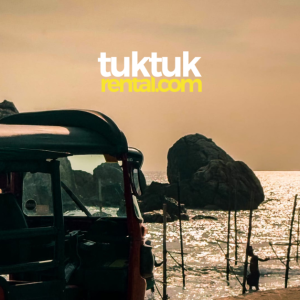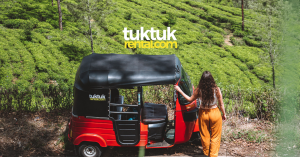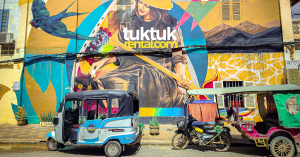Author: Gargi Guha
Table of Contents
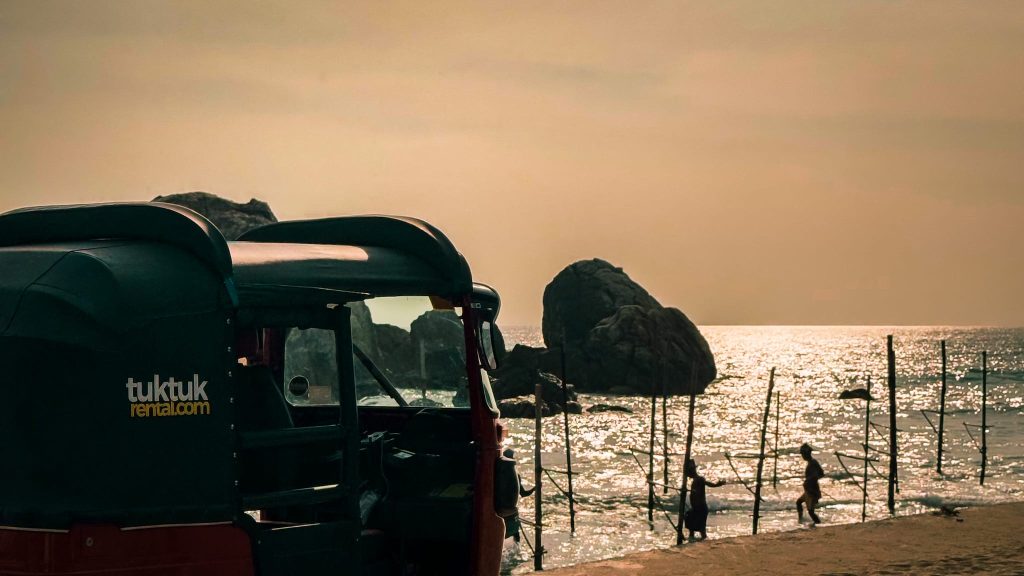
Fragrances melding into one another. Coffee from a café nearby and spices from another store mingle into the evening breeze. Cobblestoned roads, red tiled roofs and quaint houses with flowering pots lend a charming feel to the place, teleporting you in time. We are in Galle, an enchanting little place situated in the southernmost part of Sri Lanka
With a definitive veil of the past around it, Galle sure does have some of the colonial air about it. The architecture harkens back to centuries back when the Portuguese & Dutch had stepped to Sri Lanka in the 16th & 17th century. Eventually, it became a bustling trading hotspot for spices.
This vibrant cultural hub is lined with boutique, curio and spice shops and art galleries, all calling for an unhurried wandering. Wander the maze of streets within the Galle fort, soak up the boho vibes and take time to shop for souvenirs to take home. The architecture here is a medley of different styles. Some elements are certainly Moorish featuring detailed carvings and tilework, recurring geometric patterns, arabesques and florals. The various colonial powers, art deco style and local traditions lend unique slants to the overall look and feel. Verandas and courtyards are a feature that facilitate the interflow of air, keeping the spaces ventilated.
Galle Fort is primarily pedestrian-friendly and cars and other vehicles cannot be seen inside the criss-crossing roads, allowing for leisurely ambling, while admiring the quaint vibes.
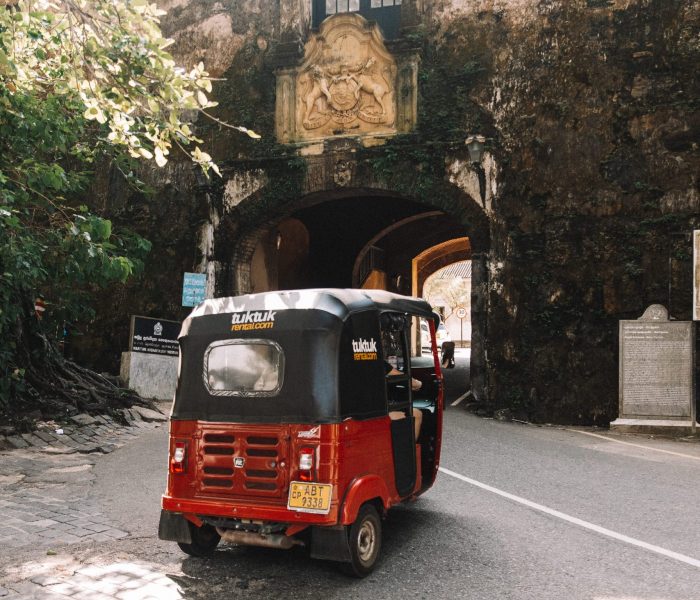
History, culture and backstory
Galle Harbour has been the hub of the international cinnamon trade for a long time, acting as the main centrepoint for this spice to be exported into far off lands like Egypt. It has seen many invasions and change of power due to its vantage point in Southern Sri Lanka. It all started with the Portuguese as early as 1505 when they chanced upon it, en route to Maldives. This was the start of the Christian conversion of the country. Next in 1640, came the Dutch, who smashed the cinnamon monopoly, bombarded Galle and usurped the Portuguese. As the British flag unfurled on more and more regions across the globe, Sri Lanka came under British rule. It remained a British colony from 1815 until its independence in 1947.
Nature also put Galle to test and the tsunami of 2004 cost it dearly, when much of Galle was damaged. The Governments of Sri Lanka and the Netherlands financially supported much of the restoration, thereafter, both upholding their pride in the heritage the place held.
The majesticity of Galle Fort
Built first by the Portuguese, and standing tall for more than 400 years, Galle Fort has maintained that sparkling fresh appearance, due to the committed restoration done by the Archaeological Department of Sri Lanka. Take time to walk in and soak up the splendour of the place, a revered UNESCO World Heritage site.
The fort has 14 bastions, all presenting a panoramic vista of the sea. There are \ two main entrances to the Galle Fort, the Main Gate and the Old Gate. The Old Gate is located nearer to the sea while the Main Gate is near the Galle Cricket Stadium. Walk around its ramparts and look up to admire the architecture. Descending from the ramparts, you could enjoy a stroll around the mosaic of shops and boutiques or even stop for coffee or a gelato.
Galle Fort is open 24 hours a day, 7 days a week, with no entrance fee.
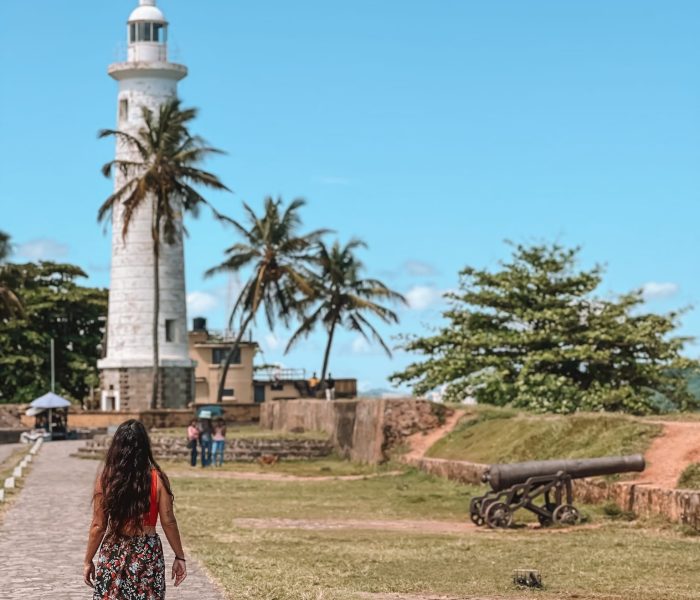
Where to shop
Barefoot is to Sri Lanka, a reflection of a homegrown brand that is much loved for its beautiful clothes, mostly in cotton, toys and fabric encased stationery and gifts. True to its sustainability pledge, Barefoot’s products are all crafted by local artisans, and are not mass produced in factories.
Lanka Gems & Jewellery Factory Outlet is a government approved store with exquisite jewellery in yellow, rose & white gold, sterling silver and gemstones.
Stop at Dairy King for an icecream. This charming, family run place with candy colour pink walls and blue window sills, is one of the oldest places and housed inside a colonial building. Fresh, homemade icrecreams, friendly service and delicious flavours like mango and cashew will bring you back again and again.
Art aficionados must stop at Lanka Living Gallery, an erstwhile heritage mansion, founded by Danish national Tomas Clausen. An exquisite collection of vinyl prints and postcards takes inspiration from the island nation. They have a cute coffee shop upstairs to linger around a while longer.
Taking home some aromatic spices from Galle Fort is a great idea, whether for gifting or using in lush curries as a memory of Sri Lankan travels. The Spice Shop is a great place to pick up high-quality cinnamon and other spices like cardamom, pepper, and turmeric.
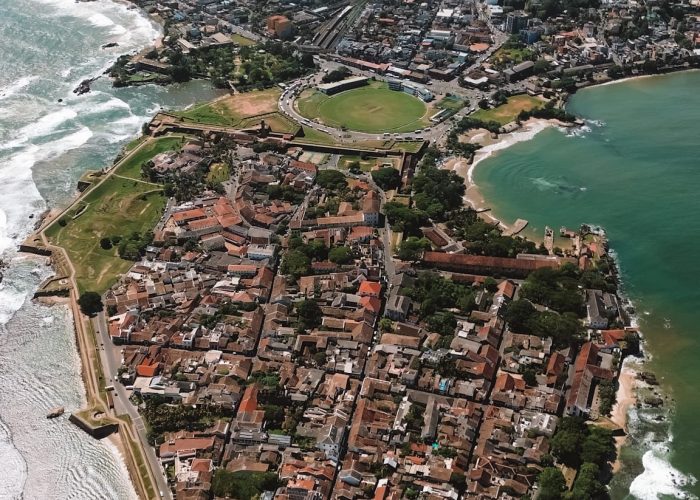
Uncovering Galle’s storied past on a walk
A guided walking tour is the best way to discover Galle and unpack its many facets. Walking around Galle with Khiri Travel’s Shanjei Perumal, an ex-Adman turned passionate, local storyteller is truly an experience like no other. Shanjei has been feted as one of Asia’s most revered guides, with an insider knowledge of the place and its best hidden gems.
Getting to Galle
By train – One of the most picturesque ways to travel between Colombo and Galle is by train. It is also a reasonable and quaint way to get around the country, blessed with excellent train networks. To check on the train schedules, fares, and routes, visit: www.railway.gov.lk for information on specific routes, train timing, and fares.
By road – You can also travel by Taxi from Colombo to Galle, and while this is a comfortable option, it is not very cost effective. The taxi desk at the airport can help arrange taxis and the route via the expressway is recommended to save more time. Another way to reach Galle is by bus, which takes 3-4 hours, and if you’re lucky, you may also find an air-conditioned one.
No visit to Sri Lanka is ever complete without a trip to Galle. This unique melting pot of culture has stood the test of time, offering its enchanting blend of history, shopping and culinary experiences.
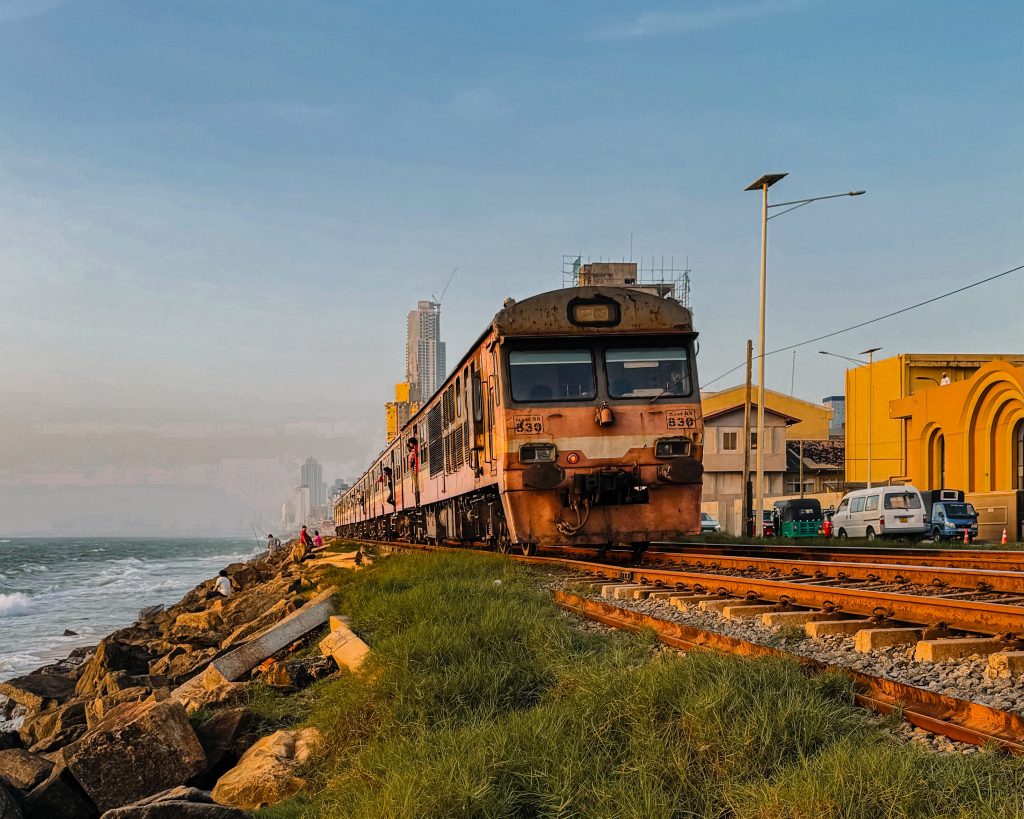
You might also consider downloading the Tuktukrental Travel App. It features offline maps, offbeat recommendations and even helps fellow tuktuk-ers on the road connect for information or a few post-drive beers – or the local Sri Lankan arrack if you are feeling adventurous!

